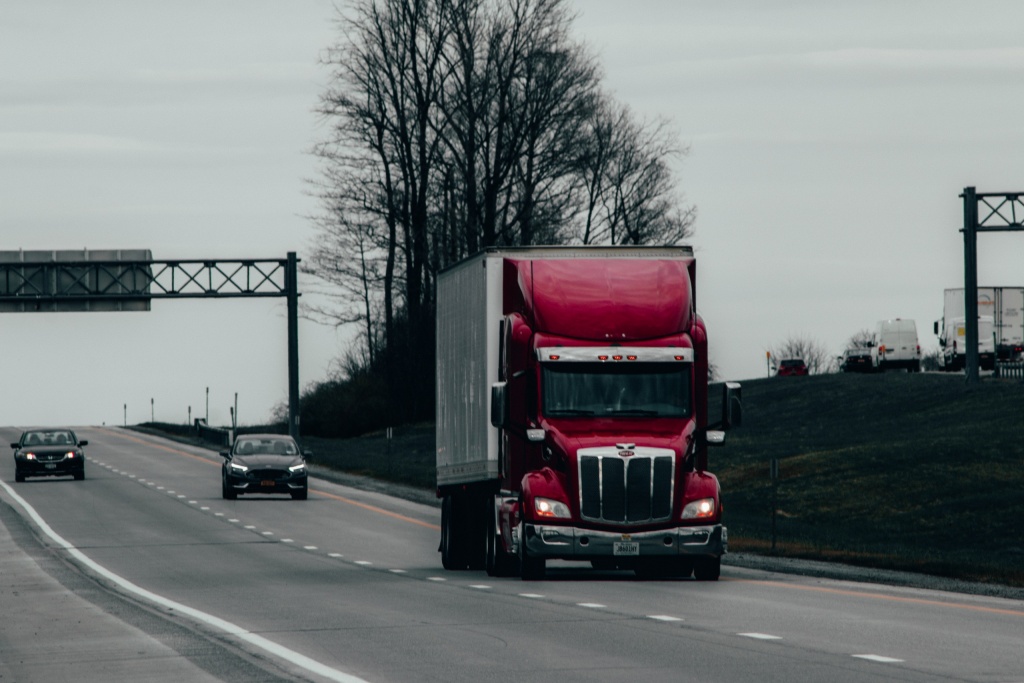Today, we’ll be continuing a previous discussion about exercising on the road. We’ve all heard that exercise is important to our overall health, but finding time to exercises for drivers may seem difficult when on the road. However, your health should never take a back seat.
As a commercial truck driver, it is important that you take care of yourself and keep yourself in the best shape possible, so that you can do your job properly and to the best of your ability. If you’re interested in learning more about how to exercise on the road, stick around! Let’s get started.
As a quick recap of our last post about exercise, there are risks that come with sitting for long periods of time. Sitting for long periods of time, whether at a desk or behind the wheel, can lead to high blood pressure, high blood sugar, unhealthy cholesterol levels, and excess body fat around the waist.
A joint study from the Centers for Disease Control and Prevention and the National Institute for Occupational Safety and Health found that truck drivers showed increased rates of obesity and conditions such as diabetes. To avoid these risks, it is important that you make time to exercise, even when on the road. Exercise also has a variety of other benefits, including:
- Strengthening your bones and muscles
- Maintaining a healthy weight
- Managing chronic health conditions
- Improving overall mood
- Improving circulation
- Boosting energy
- Promoting better sleep
Ideally, anyone sitting for long periods should get up at least every 30 minutes to stretch, but that is not always possible when you are a truck driver on a tight schedule. However, exercise on the road can be done when you pull over to rest, eat, or even get gas for your vehicle.
Lunges Exercise
Lunges are a fairly simple exercise that can be done just about anywhere. When you pull into a rest area or a parking lot, this exercise is easy for you to perform. This works out most of the muscles in your lower body and targets key muscles such as glutes, quads, hamstrings, and calves. Lunges work out one side of your body at a time, which helps you improve your overall stability.
To do lunges properly, stand in a split stance with your right foot about 2 to 3 feet in front of your left foot. Keep your torso straight, and then bend your knees, resting your hands on your waist while lowering your body towards the floor. Continue to lower your body until your back knee is a few inches from the ground. Evenly distribute your weight between both legs.
Then, slowly push yourself back up into the starting position. You should keep your weight on the heel of your front foot. As you perform this exercise, you may find it beneficial to keep your chin up and keep your head facing forward. Additionally, there are different variations of lunges that you can progress to as you get more comfortable, such as reverse lunges or jumping lunges.
Crunches Exercise
Crunches are a classic core exercise that works your abdominal muscles, which are part of your core. Your core is the central part of your body, including your pelvis, lower back, hips, and stomach. The muscles in all of these areas help stabilize your body. Crunches can be done in most places, such as in the cab of your truck or wherever you are able to lay down. It may be helpful to get a yoga or exercise mat to bring with you.
In order to do crunches properly, you must first lie down on your back. Plant your feet on the floor, about hip-width apart. Bend your knees and put your arms across your chest in an “X” shape. Inhale before lifting your upper body off the ground, exhaling as you do so while keeping your head and neck relaxed.
Inhale while returning to the starting position. Remember that you should be utilizing your core. Do not try lifting your upper body by using your neck. This can increase your risk of injury. Additionally, take your time with this exercise, moving in a slow and controlled manner. Moving too fast will not engage your core muscles.
Shoulder Shrugs Exercise
Shoulder shrugs are a great and simple exercise that can be done while sitting. Even while sitting in your truck! In fact, this may be the easiest exercise on our list. This exercise is great for strengthening your neck, shoulder, and upper arm muscles.
Additionally, this exercise releases tension in your neck and shoulders, which is especially important if you sit for long periods of time. Shoulder shrugs mainly target your trapezius muscles, which are located on each side of your neck. Strengthening these muscles helps you maintain proper posture and stabilize your neck and upper back.
To perform shoulder shrugs, put your arms at your sides and raise your shoulders up towards your ears as high as you can. Do this slowly, however, so that you can feel the resistance of your muscles. Hold this position for a few seconds and then release. Repeat this for as long as you would like. Shoulder shrugs can be done sitting or standing up. If you want to make it more challenging, you can incorporate weight lifting into the exercise!
As you can see, these are just a few easy ways to incorporate exercise into your daily routine. If you are looking to take it to the next level, there are a few pieces of equipment you may consider purchasing and taking with you on the road. A great example is to incorporate dumbbells and weights. These are used for many exercises, including strength training.
Exercise on the Road and Stay Healthy
Regular physical activity is great for your overall health! Here at B.W. Mitchum, we encourage our drivers to take care of themselves, and our staff works together to ensure a positive environment. In our last post, we discussed how to reduce stress on the road. Being a truck driver comes with unique challenges and can be stressful. You’ll be dealing with traffic, different weather conditions, and long hours. It can be a lot to handle and can contribute to stress.
Minimizing chronic stress can lead to a happier and healthier life. Interested in learning about ways you can reduce stress on the road? Be sure to check out our last post! We hope you found this article informative, and we hope to see you back on the blog soon for more tips and insight on topics involving truck drivers.
Are you currently seeking new opportunities in the commercial trucking industry? We are always looking for new talent to add to our team! Visit our opportunities page to learn more about our requirements and apply to one of our open positions. Thank you for reading!















